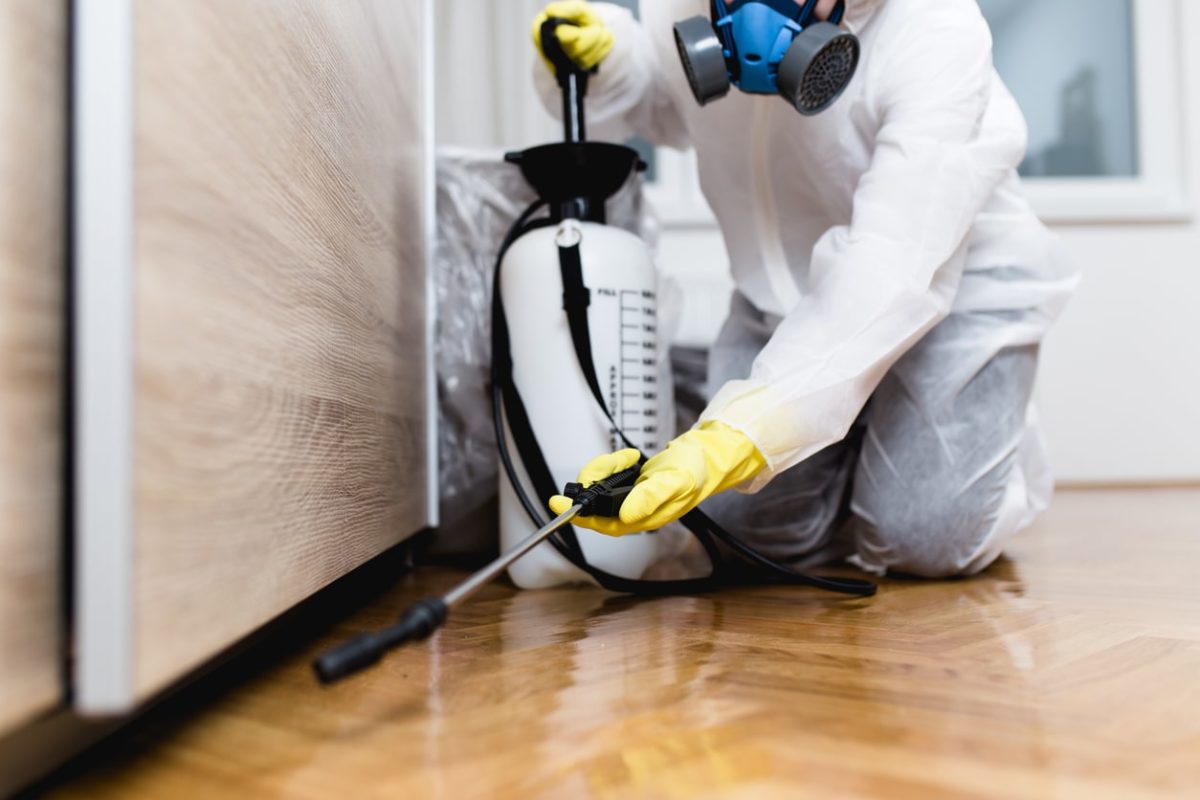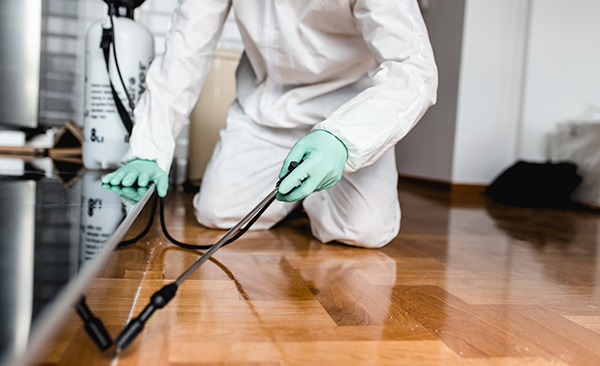Checking Out Invasion and Treatment Strategies worldwide of Bug Control
The landscape of insect control incorporates a myriad of challenges, particularly as invasions of usual family insects proceed to develop. Recognizing the behaviors and reproductive patterns of these nuisances is vital for establishing reliable treatment approaches. By incorporating preventive steps with innovative management strategies, such as Integrated Parasite Management (IPM), house owners can better protect their environments. The effectiveness of these methods may vary substantially based on details situations. What underlying elements add to the success or failure of these techniques in different setups?

Usual Household Pests
When it involves handling our space, comprehending usual family bugs is critical. These insects not only interrupt our comfort but can likewise present health risks and damages property. The most common home insects include ants, roaches, rodents, termites, and bed insects.
Ants, frequently seen foraging in cooking areas, can infect food and develop big colonies. Rodents, consisting of mice and rats, can cause architectural damage and carry conditions like hantavirus and salmonella.
Identifying the indications of these pests, such as droppings, nests, or attack marks, is crucial for early intervention (Pest Control Lockhart). Appropriate sanitation practices, sealing entry factors, and preserving a clutter-free setting work preventative measures. By determining these typical household pests and comprehending their actions, homeowners can take positive steps to mitigate infestations, making certain a healthier living atmosphere
Recognizing Parasite Infestations
Pest problems can rise rapidly, transforming a minor aggravation right into a significant trouble otherwise dealt with without delay. Comprehending the nature of these invasions is important for effective monitoring. Pests can get into household and commercial areas for numerous factors, including the search for food, shelter, or reproducing grounds. Typical aspects adding to infestations include bad cleanliness, architectural susceptabilities, and seasonal changes that drive bugs inside.
Determining the kind of bug is crucial, as various varieties display different behaviors and reproductive prices. Rats may establish nests in concealed locations while pests like cockroaches prosper in wet atmospheres. Early discovery typically pivots on acknowledging indications such as droppings, nibble marks, or unusual audios, which can suggest a problem before it comes to be extreme.
Environmental conditions additionally play a crucial function in pest spreading. Cozy, damp climates can promote the fast growth of parasite populaces, while changes in landscape design or building can unintentionally produce helpful atmospheres. Regular examinations and preventative procedures are paramount to alleviating the risk of problems. An informed strategy to understanding these characteristics prepares for reliable insect monitoring techniques in the future.
Treatment Approaches and Strategies
Reliable treatment techniques and methods are essential for reducing bug problems and restoring a risk-free atmosphere. A complex approach is typically best, including chemical, organic, and mechanical approaches tailored to the particular insect and the intensity of the problem.
Chemical therapies consist of the usage of insecticides and herbicides, which can effectively eliminate insects. Nevertheless, appropriate application and adherence to safety and security standards are critical to decrease threats to humans and non-target organisms. Integrated Bug Administration (IPM) motivates the sensible use chemicals as a last resort, relying instead on monitoring and limit degrees to figure out intervention needs.
Biological control approaches include introducing all-natural predators or bloodsuckers to minimize pest populaces. This technique is progressively popular, especially in farming settings, as it advertises environmental sustainability.
Mechanical techniques, such as catches and obstacles, give immediate alleviation from insects without presenting chemicals. Options include sticky catches for insects or physical obstacles for rats.
Inevitably, the option of therapy method need to think about the specific bug, the atmosphere, and prospective influence on human health and wellness and communities. A well balanced combination of these methods can effectively handle infestations while promoting lasting insect control remedies.
Preventive Procedures for Homes
Proactively dealing with parasite issues before they rise is essential for maintaining a healthy home atmosphere (Pest Control Lockhart). Carrying out effective safety nets can dramatically decrease the likelihood of infestations, eventually guarding both your home and health

Proper landscaping also plays a vital function in avoidance. Maintaining shrubs and trees trimmed away from your home reduces the chances of parasites locating their means inside. Moreover, make sure that drain systems are operating successfully to protect against standing water, which can attract insects and other insects.
Finally, routine examinations are suggested. On a regular basis looking for signs of pest task permits very early treatment. By adopting important site these safety nets, house owners can create an atmosphere that is less friendly to parasites, thus enhancing their total lifestyle and visit here reducing the requirement for comprehensive parasite control interventions.
Commercial Parasite Control Methods
A comprehensive strategy to commercial parasite control is vital for businesses aiming to keep a safe and hygienic setting. Effective methods involve a combination of normal evaluations, staff member training, and the implementation of Integrated Bug Management (IPM) methods.
Regular examinations make it possible for early discovery of pest activity, permitting for prompt intervention. Services need to develop a routine timetable for these analyses, focusing on high-risk locations such as cooking areas, storage rooms, and waste disposal websites. Staff member training is equally crucial; staff must be enlightened on the indicators of pest invasions and the value of reporting them quickly.
Implementing IPM practices assists minimize pest issues sustainably. This includes habitat adjustment, such as securing entrance factors and minimizing mess, along with using all-natural deterrents prior to turning to chemical therapies.

Moreover, working together with an accredited bug control copyright ensures accessibility to specialist knowledge and Website sophisticated treatment choices. This partnership can cause personalized parasite control intends tailored to the particular requirements of business, minimizing risks and boosting total efficiency. Eventually, a proactive and educated technique fosters a pest-free environment, safeguarding both public health and wellness and organization reputation.
Final Thought
In verdict, efficient insect control demands a comprehensive understanding of typical house insects and their habits, paired with targeted treatment methods. Executing preventive procedures together with therapy methods such as Integrated Parasite Administration and organic control enhances the ability to reduce invasions.